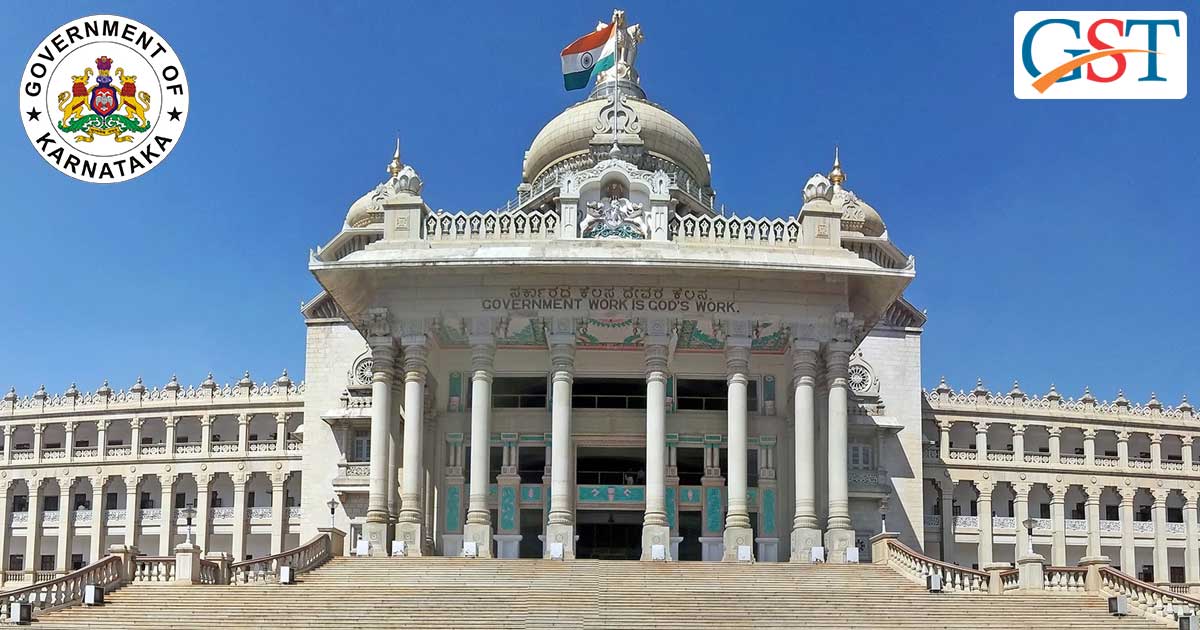The decline in the revenue collection as State GST (SGST) in Karnataka has spoilt chief minister Siddaramaiah’s plan to present a massive Rs 2.10 lakh crore budget for FY 2018-19, which was scheduled to be announced on 9th February.
About Rs 14,244 crores as Value Added Tax (VAT) were collected by the commercial tax department of the state within three months before the implementation of the new indirect tax reform, whereas, the tax collection within five months of GST implementation is just Rs 15,213 crores, which is much lower as compared to the pre-GST tax revenue.
According to B T Manohar, Member of the GST advisory committee of the government of Karnataka, “That the amount of tax collected in five months of GST regime is just about equal to that of the three-month collection during the earlier VAT regime is a clear indication of the declining trend. It is due to low compliance, thanks to technical glitches in the system and reduction of tax rates.”
Siddaramaiah, who has been the chief minister of Karnataka since 2013, is going to present his record 14th state budget, which will also be his first budget under GST and the last budget of the present government. With his previous budget approximating total expenditure of Rs 1.86 lakh crore, he probably wanted to touch the Rs 2 lakh crore mark as an attempt to gain some appreciation ahead of the assembly election.
The state government’s collection of tax revenue under the new indirect tax reform is a combination of the tax collection of state GST (SGST) and integrated GST (IGST). However, the revenue collection in the new tax regime is nowhere close to the monthly tax collections made in the VAT regime. In the previous tax regime, the monthly collection was about Rs 5,000 crores as against Rs 3,185 crores of monthly tax revenue under the GST.
There has also been a decline in the revenue generated by the sale of petrol and diesel, which, as of now, have been kept outside the new indirect tax regime. Until 30th November, the commercial tax department has collected Rs 9,000 crores as against targeted Rs 10,000 crores. The average monthly decline in the sales of petrol and diesel of Rs 200 crore has been attributed to the fact that the 10% entry tax being levied on fuel has been eliminated after the implementation of GST.
With only three months remaining to completion of the fiscal year, tax officials are facing problems in achieving the target of Rs 55,000 crore, since the revenue collection in nine months is nearly half of the targeted amount.
According to Srikar M S, commissioner of commercial taxes, “Pressure due to low tax compliance notwithstanding, we hope to reach the target. We’re betting on the growth expected in the last quarter and the technical glitches too have been rectified by and large”.
Read Also: Goods and Services Tax Impact on Gross Domestic Product (GDP) in India
According to the opinion of the experts, the increase in the budget outlay from Rs 1.86 lakh to Rs 2.10 lakh is absolutely acceptable as it is in accordance with the average 15% growth.
K Gayatri, an economic professor at Institute for Social and Economic Change (ISEC) said, “The only issue is that the GST collection is coming down and the government will have to make it up with other sources of revenue, including state excise which are doing fairly good.”
